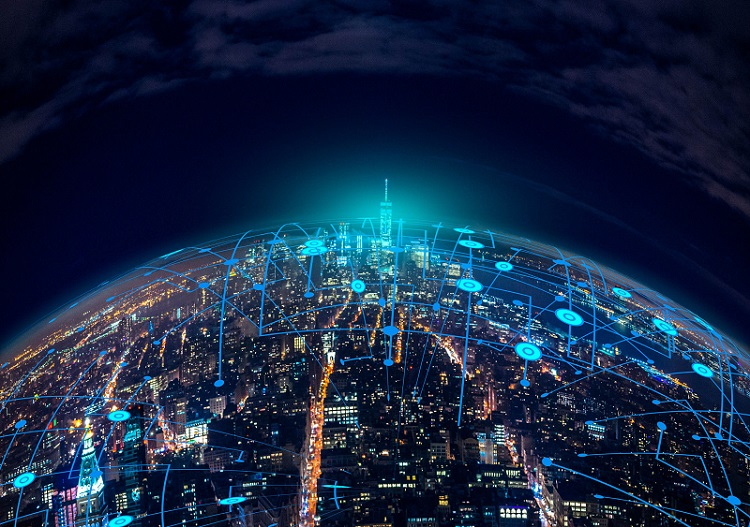With the maturity of communication connection technologies such as 5G, NB-IoT, and LoRa, and the improvement of IoT system platform capabilities, the Internet of Things is accelerating its application coverage in more industry fields. At this stage, there are three main lines of IoT applications, including ToC’s consumer IoT applications, ToB’s production IoT applications, and ToG’s policy-driven IoT applications. Among them, the combination of production Internet of Things and policy-driven Internet of Things applications can be called the Industrial Internet of Things.

Consumption-driven IoT
Mainly serving C-end users, such as wearable devices, smart hardware, smart homes, smart travel, health care, sharing economy and other application scenarios.
Production-driven IoT
Mainly serving B-end industry users, such as industrial Internet, smart manufacturing, smart agriculture, smart water, smart power, smart transportation and other application scenarios.
Policy-driven IoT
Mainly serving G-end users, such as smart government affairs, smart cities, smart security, smart fire protection, public utilities, emergency command and other application scenarios. The development of the IoT market is mainly driven by policies.
Competition in consumer IoT is fierce
In recent years, the Internet of Things has shown an accelerated development trend. After years of accumulation and exploration in the industry, consumption-driven Internet of Things hot spots have emerged one after another, and have begun to have an impact on people’s daily necessities, food, housing, and transportation. This reflects to a certain extent the life-changing effect of the Internet of Things. . Among them, smart speakers are becoming popular and are expected to become the best terminal to connect the entire smart home.
Compared with traditional tablets and mobile phones, smart speakers further liberate people’s hands, are low-priced, and quickly occupy the market. As of 2020, global smart speaker sales have exceeded 150 million units, a record high. Chinese manufacturers Baidu, Alibaba and Xiaomi have increased their market share following Amazon and Google. The entry of leading players has made competition in the consumer IoT market particularly fierce.
Industry-driven IoT has huge potential
The Industrial Internet of Things is most developed with the Industrial Internet. The Internet of Things integrates sensors, controllers, mobile communications, intelligent analysis and other technologies into all aspects of the industrial production process, providing the industry with better connectivity, scalability, saving time and costs, and ultimately is expected to increase profits This brings huge benefits to end users in terms of efficiency and efficiency. According to GE’s 1% theory, for large-scale industrial fields, small improvements in efficiency and cost will bring huge value.
Policy-driven rapid deployment of the Internet of Things
In recent years, policies related to the Internet of Things have been continuously introduced. A series of policy measures such as the “13th Five-Year Plan for the Internet of Things”, “Made in China 2025” and “New Infrastructure” require the establishment of an internationally competitive Internet of Things by 2020. The industrial system, including sensory manufacturing, network transmission, and intelligent information services, has an overall industrial scale exceeding 1.5 trillion yuan. Policy-driven applications will continue to be promoted in urban construction, including fire protection, security, system integration, public utilities and other aspects, driving rapid industrial layout and comprehensive advancement.
In the future, under the guidance of the “digital twin city” construction concept, urban IoT applications are accelerating upgrading towards larger scale, more fields, and higher integration. But at the same time, urban pain point needs and deployment costs are also important factors affecting the development of smart city IoT.
The application model of the Internet of Things in the industrial field has initially taken shape. According to relevant research reports, the global smart manufacturing market will reach US$214.7 billion in 2020, and this figure is expected to increase to US$384.8 billion by 2025, with a compound annual growth rate of approximately 12.4% during the period. LoRa data transmission module
